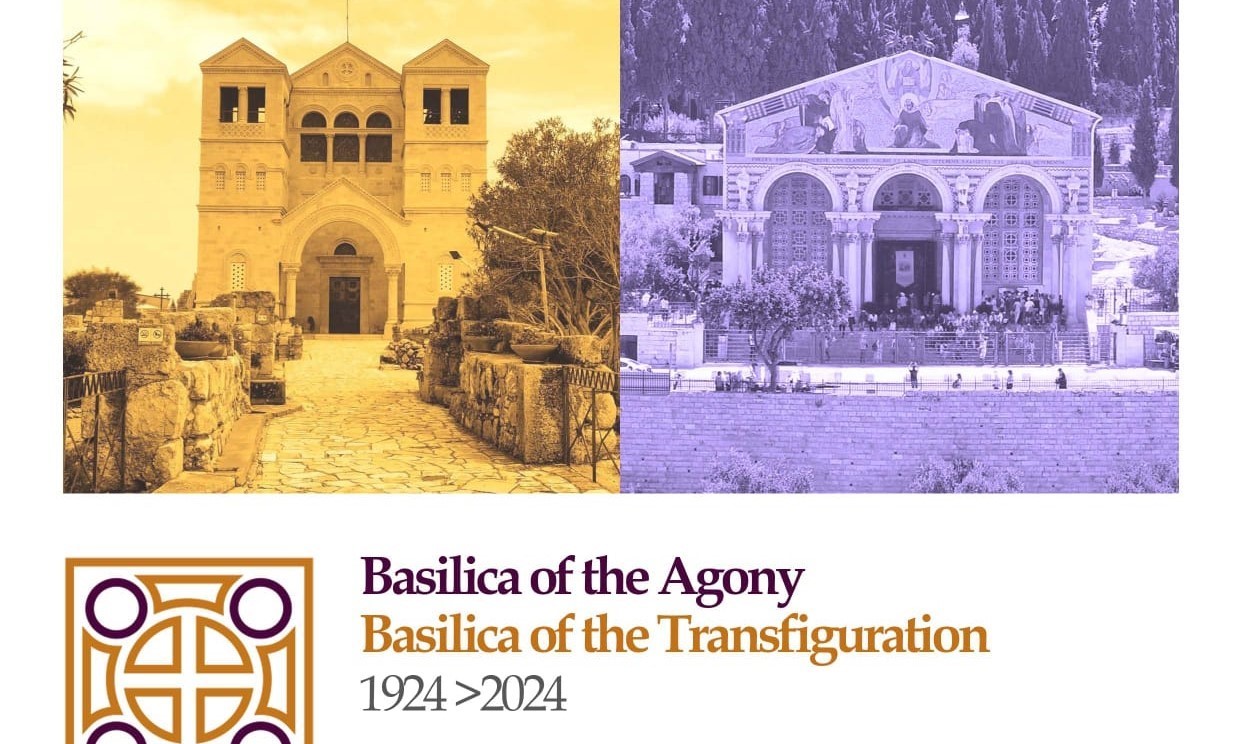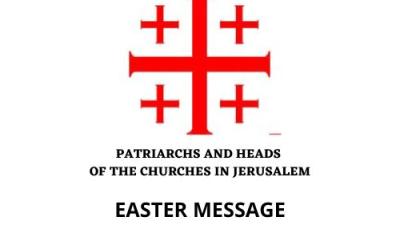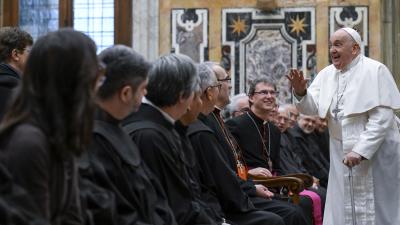
For the centenary of the construction of the Basilicas of the Transfiguration on Mount Tabor and the Agony (or of the Nations) at Gethsemane, the Custody of the Holy Land - through the Centenary Scientific Committee and with the contribution of the Association pro Terra Sancta - has promoted the exhibitions "LuxTenebra: 100 years since the construction of the Basilica of the Transfiguration" and "LuxTenebra: 100 years since the construction of the Basilica of the Agony".
The two exhibitions are set up inside the basilicas of Tabor and Gethsemane and can be visited until the end of 2024. The inauguration - on April 16th at Tabor and on April 19th at Gethsemane - coincided with the presence of the Minister General of the Order of Friars Minor, Brother Massimo Fusarelli, on a fraternal visit to the Custody of the Holy Land.
The Basilica of Mount Tabor is a suggestive reflection on the mystery of the Transfiguration of Jesus. The simple geometries and perfect proportions of the church blend with the beauty of the surrounding nature, generating an experience of contemplation and wonder in the pilgrim.
The Basilica of the Agony captures the emotional intensity of Jesus' agony before his crucifixion. The skillful use of mosaics and symbolic elements in the decorations conveys a profound sense of sacredness, inviting the faithful to reflect on the meaning of suffering and redemption.
The celebration of the 100 years since the dedication of these two important basilicas also becomes an opportunity to delve deeper into the value of the work of the Custody of the Holy Land in the first decades of the 20th century, from a historical, theological, artistic/architectural and ecclesial point of view.
The two exhibitions are made up of 10 panels each. A journey that will accompany the visitor to get closer to the meaning of the Basilicas, through five short sections:
1. the evangelical passages;
2. the archaeological importance of the sites;
3. the historical context;
4. architecture and works of art;
5. the sanctuaries today.




